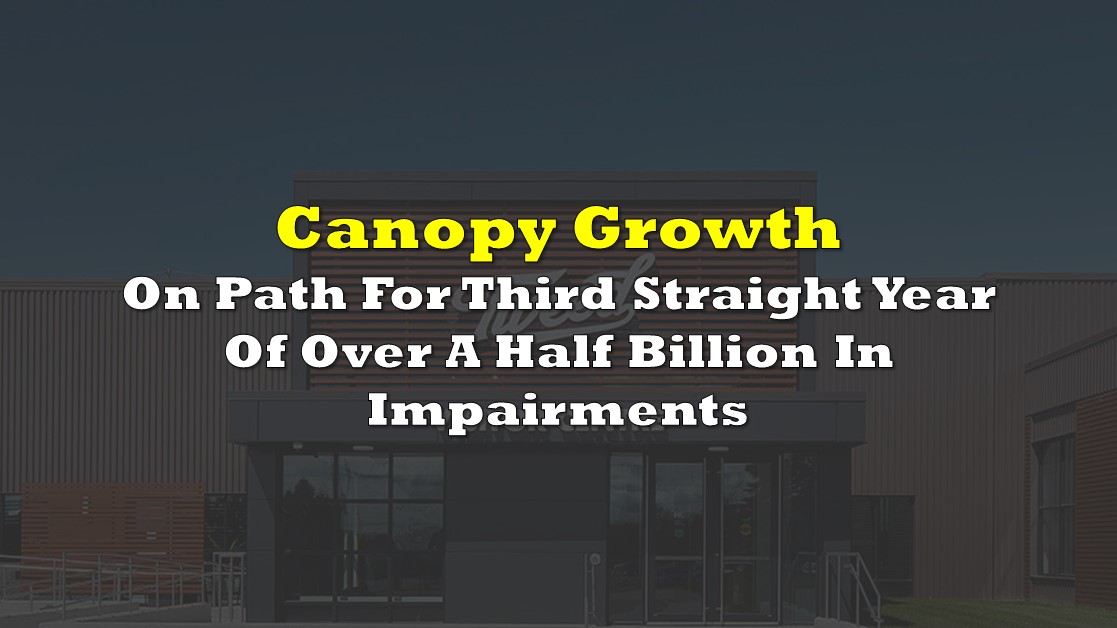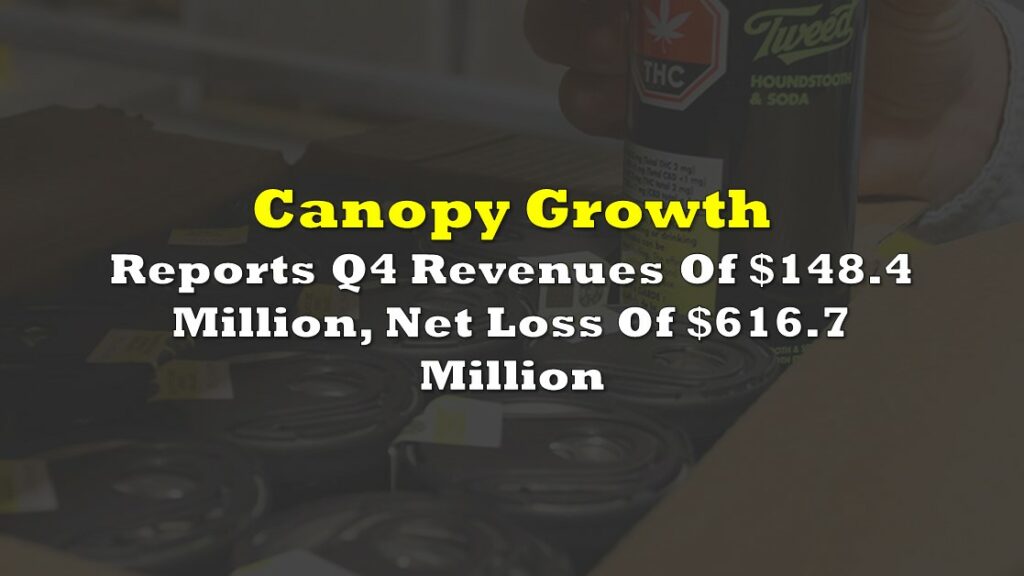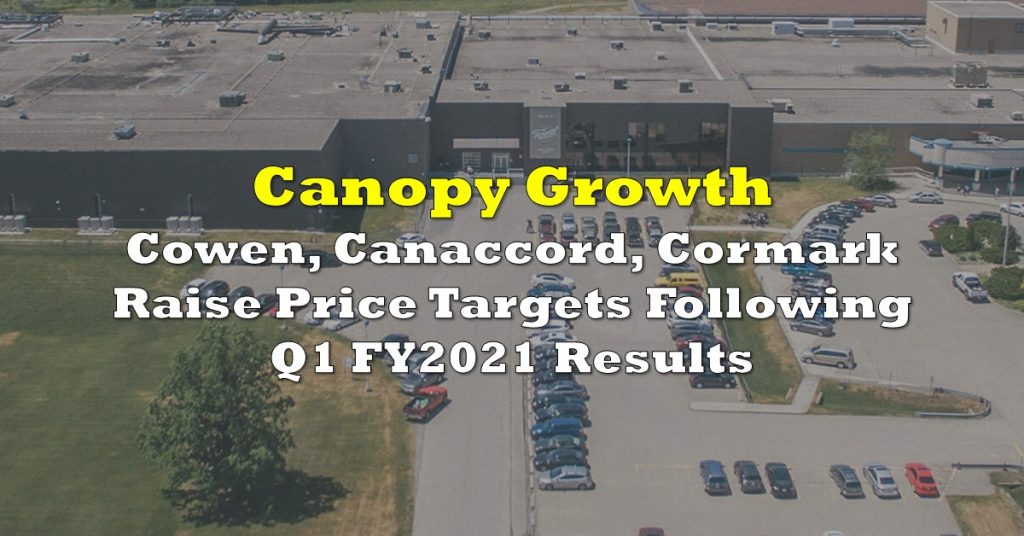Canopy Growth (TSX: WEED) is looking to slash its operations as it works towards achieving the elusive goal that is profitability. The firm this evening indicated it will cut up to $150 million in costs over the next twelve to eighteen months as it looks to revamp operations to reach this goal.

In terms of specifics on the cost cutting measures and where they are to be applied, the company was somewhat vague. A number of bullet points were provided in terms of initiatives were provided, which summarize as lowering cost of goods sold through “cultivation-related efficiencies,” putting into place what is referred to as a “flexible manufacturing platform” focused on contract manufacturing for undefined product formats, cost cutting in supply chain and procurement, cutting professional fees and office costs, and further “streamlining the organization.”
Cost of goods savings are expected to amount to $30 to $50 million, while SG&A expenses are expected to be cut by a figure between $70 and $100 million, all within the next twelve to eighteen months.
It’s unclear specifically how these measures, many of which have been attempted previously by the company, are to see costs further reduced. In terms of production facilities, the company has been looking to right size that aspect of the operation for years, shuttering facilities across the country including the facility in Yorkton, Saskatchewan, and two facilities in British Columbia in 2020. Later that year, it closed a further seven facilities, including outdoor cultivation operations.
The company indicated it will be faced with a reduced headcount as a result of the cost saving measures, although specific figures were not provided.
Targeted savings under the current initiative are said to be in addition to the $150 to $200 million in previously announced cost savings – indicating the company likely has achieved nowhere close to profitability in its fourth quarter results for 2022.
The reductions are not without immediate financial impact, either. The company has estimated charges of $250 to $300 million in the fourth quarter of fiscal 2022, of which the majority is said to be non-cash and consist of inventory and property, plant and equipment impairments. Additional impairments of between $100 to $250 million related to goodwill and intangible assets are also expected, meaning the company is potentially on track to write off over a half billion in assets in the fourth quarter alone, following impairments of $128.2 million over the prior nine months this year.
Comparatively, Canopy saw impairments of $534.4 million in 2021, and $623.3 million in 2020, potentially making 2022 the third straight year of over a half billion in impairments for the company.
What’s more, is the company has stated that “actual results may differ materially from the preliminary estimates,” provided within the announcement this evening.
At last reporting, the company had total assets of $6.3 billion, of which $2.0 billion was current. $0.6 billion was attributable to cash and equivalents, $0.8 billion to short term investments, and $0.4 billion to inventory. Property, plant and equipment meanwhile came in at $1.1 billion, goodwill at $2.0 billion, and intangible assets at $0.3 billion.
And in terms of achieving any semblance of profitability, the company at this point appears to be structurally unprofitable. In the third quarter of 2022, net revenue of $141.0 million translated to gross margins of just $10.1 million. SG&A expenses meanwhile came in at $116.8 million – meaning the company is extremely far-off from ever turning a profit. Operating cash flow meanwhile was an embarrassing negative $167.4 million for the three month period.
Canopy Growth last traded at $6.82 on the TSX.
Information for this briefing was found via Edgar and the companies mentioned. The author has no securities or affiliations related to this organization. Not a recommendation to buy or sell. Always do additional research and consult a professional before purchasing a security. The author holds no licenses.









